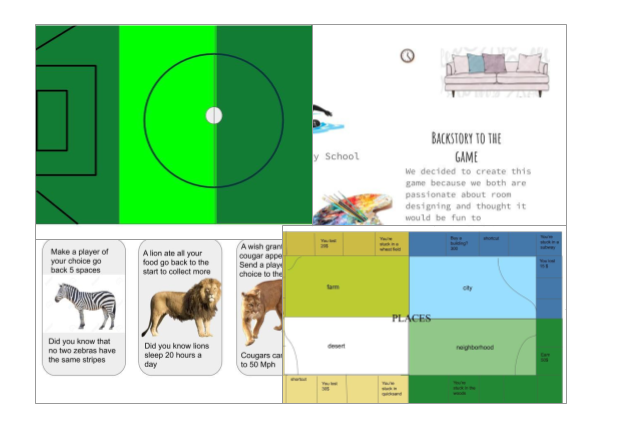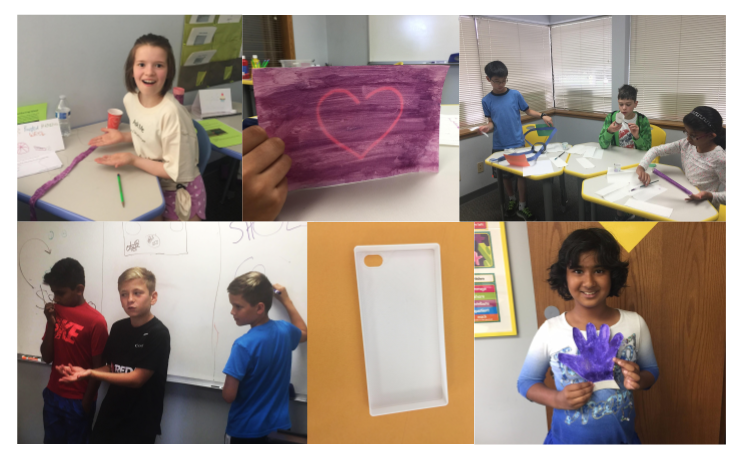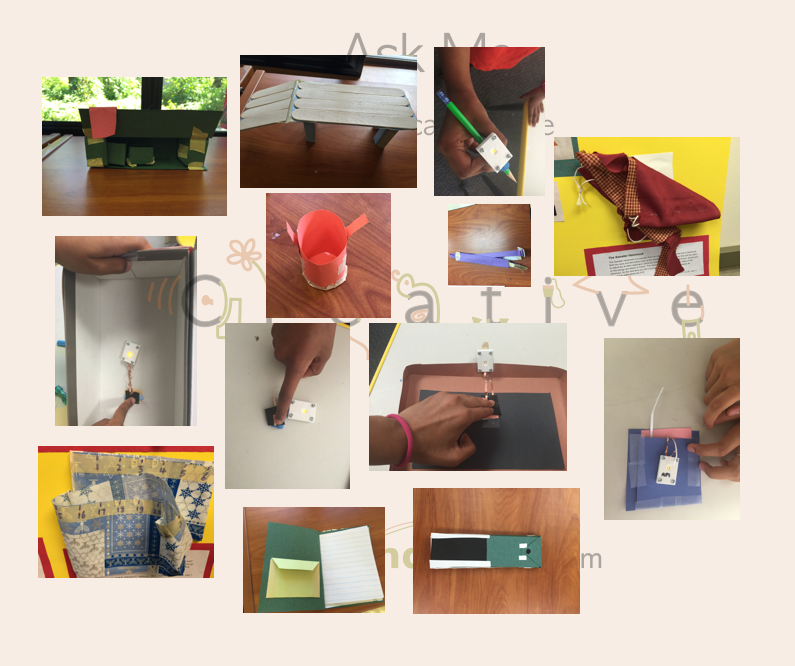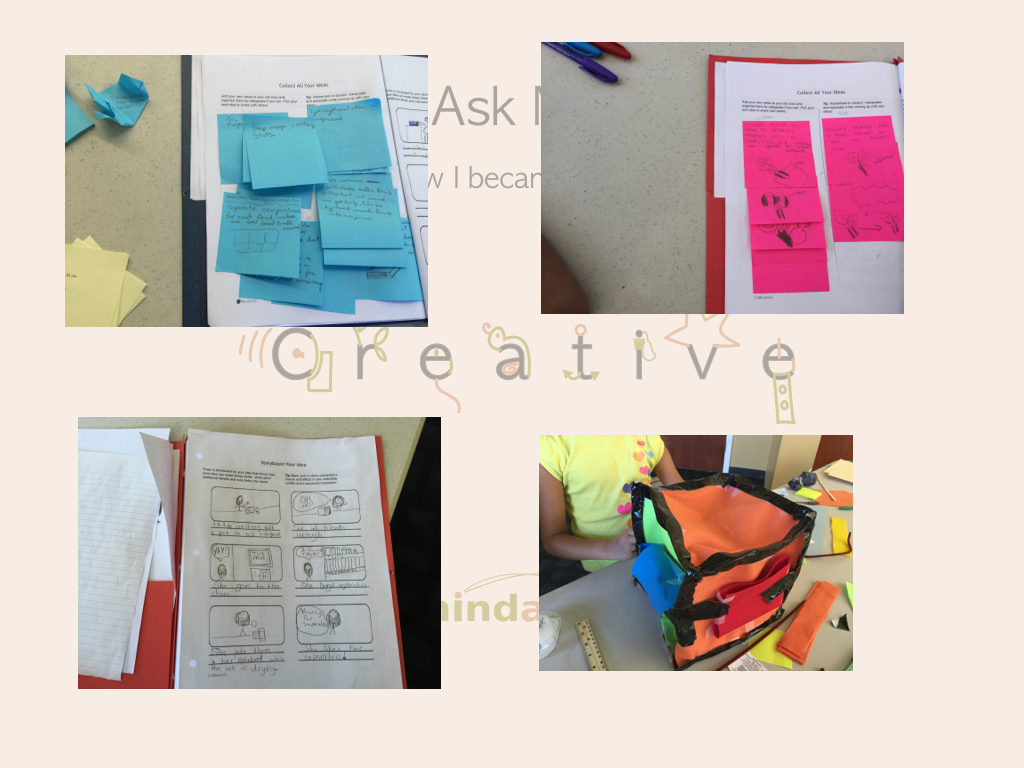We just wrapped up our multi-disciplinary summer camps this year, and once again had so much fun guiding our middle schoolers in their creative journey! Our challenge for students this year was to design original board games based on their own areas of interests. We partnered with Archimedes school, who taught 3D printing, so students could make meeples and dice for their games.
By asking students to design a game around their passion or interests, our goal was that they would bring their domain knowledge on the topic, without which they wouldn’t be able to make a sufficiently creative game. In addition, we expected them to be more engaged during learning and more incentivized to put in extra effort to create the best version of their idea.
Game Design Concepts
To design a good game, students had to first learn some basic game concepts like game mechanics, victory conditions and tension. To make learning more relevant, we brought in common (and a couple not-so-common) board games that students used in deconstructing the various elements. We also used other games like Rock-Paper-Scissors to demonstrate the concept of balance in a game (and it also gave us a chance to sneak in some math and logic). They figured out that a Rock-Paper-Scissors version with an even number of elements can never be balanced, and then had a blast designing their own balanced versions with more than three elements!
Creative Process
While planning for the camp we also designed how the creative process would flow. If you ask a student (or most adults for that matter) to come up with an original idea, it often stumps them. Integrating a creative process into the workflow can give students the tools and direction to think creatively, and makes the process far less intimidating.
The two techniques we focused on for the camp were analogical and associative thinking, which we felt were best suited for this scenario.
To start with students first picked a game they liked and created an analogous version based on their interest. As a simple example, suppose the theme is to teach children about nutrition and health, and the model game is Snakes and Ladders. After deconstructing the game into its elements, one could design a new board game where some spots, like eating junk food or catching a cold makes you lose spots while exercising might make you go forward more spots.
At this point the game still looks a lot like Snakes and Ladders. You could then start associating with other game elements and modifying the game. For instance, you could add chance cards (e.g. falling and breaking a bone that sends you back a few spots) or convert the game to a point based system. By using different game elements, the game now starts to evolve differently and takes a very different shape.
Student Designed Games
It was fascinating to see the students come up with very interesting, and very different, ideas for their board games. Here is a sampling of the board games students designed:
- Rainforest Exploration – A game that teaches you about different animals in the rainforest as you race to the finish.
- Sun Power: A game that incentivizes using renewable energy sources.
- Collect-It: An interior design game, where you race to decorate your room.
- Archi-tex: A game where you have to be the first one to build a 2,000 ft building.
- Prime Switch: A fast paced math game that tests your computationals skills.
- Soccer Board Game: Score goals by answering soccer trivia questions.
The most fun part, though, was to see the excitement and energy as students got ready for the final demo to parents. Almost every student found last minute mistakes or changes that they just had to fix, but eventually all of them were able to put their demo together! And of course, they all found several ways that they could have designed things differently.
We hope they enjoyed playing their game with friends and family, and maybe even designed their next versions!




